Maximalism began to gain traction as a trend in the early 2010s, emerging as a counterpoint to the minimalist movement. While minimalism emphasizes simplicity, functionality, and decluttering, maximalism celebrates abundance, eclecticism, and the richness of layered details.
The trend reflects a growing interest in more personalized and expressive spaces and styles, often influenced by a desire to break free from the constraints of minimalism and embrace a more vibrant, diverse aesthetic.
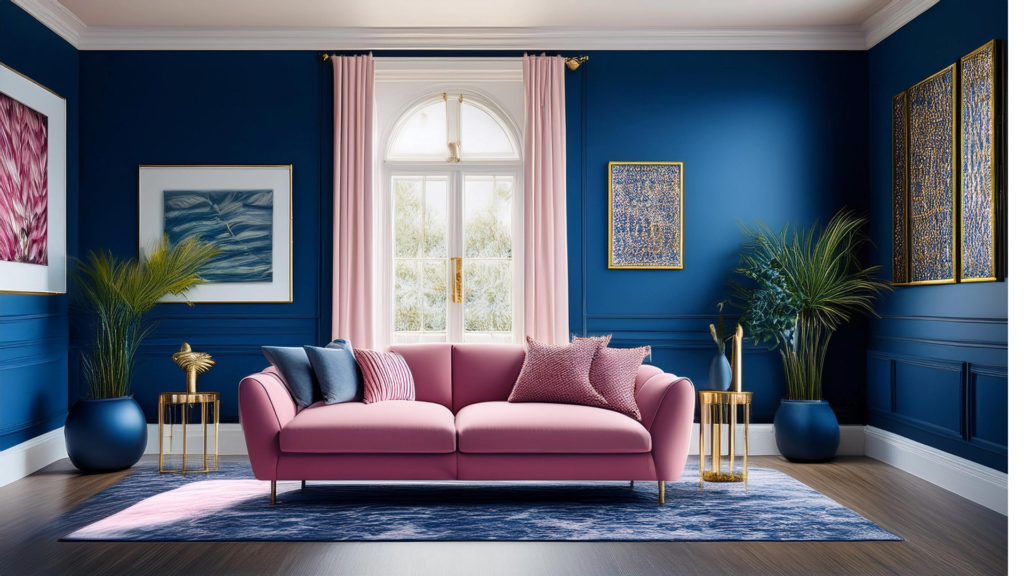
Maximalism is different from an eclectic aesthetic.
Maximalism embraces excess and opulence, featuring dense layers of bold colors, patterns, and textures to create a rich, immersive experience. It’s about indulgence and making a strong visual impact through abundant elements. In contrast, eclecticism is about blending diverse styles, periods, and influences into a cohesive whole. It focuses on creating harmony from varied sources, balancing different elements to achieve a unified look. While maximalism thrives on sensory overload and abundance, eclecticism emphasizes thoughtful curation and intentional diversity.
Maximalism is a design and lifestyle philosophy that embraces the idea of “more is more.” Contrary to the minimalist approach, which focuses on simplicity and restraint, maximalism celebrates abundance, eclecticism, and personal expression. It encourages the use of bold colors, diverse patterns, and a mix of textures and objects to create spaces that are vibrant, dynamic, and uniquely personal. Let’s explore the key elements of maximalism and how to incorporate this exuberant style into your life.
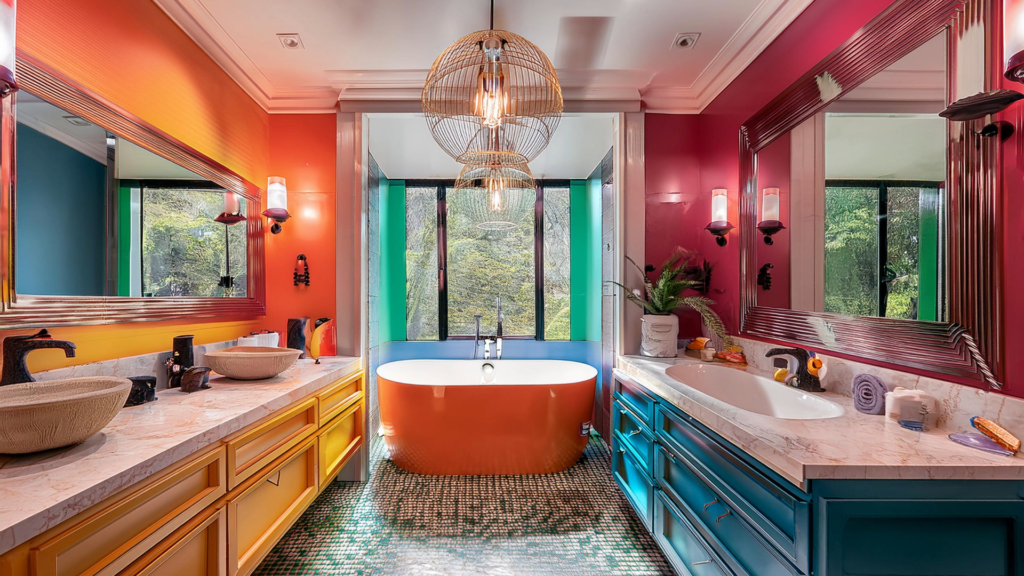
What is Maximalism?
Maximalism is all about embracing abundance and expressing individuality through decor and lifestyle choices. It’s characterized by:
Bold Colors: Maximalists are not afraid to use vivid, contrasting colors to make a statement. Bright hues and deep shades can coexist harmoniously in a maximalist space.
Rich Textures and Patterns: Layering different textures and mixing patterns add depth and visual interest. Think velvet cushions, patterned rugs, and textured wallpapers.
Eclectic Mix: Maximalism does thrive on the eclectic mix of styles, eras, and objects. It’s about combining the old with the new, the high-end with the thrifted, and the ornate with the simple.
Personal Touches: Maximalist spaces are highly personalized, often showcasing collections, art, and items that tell a story or hold sentimental value.
Fullness: Unlike minimalism, which emphasizes empty space, maximalism embraces fullness and the idea that every inch can be filled with meaningful items.
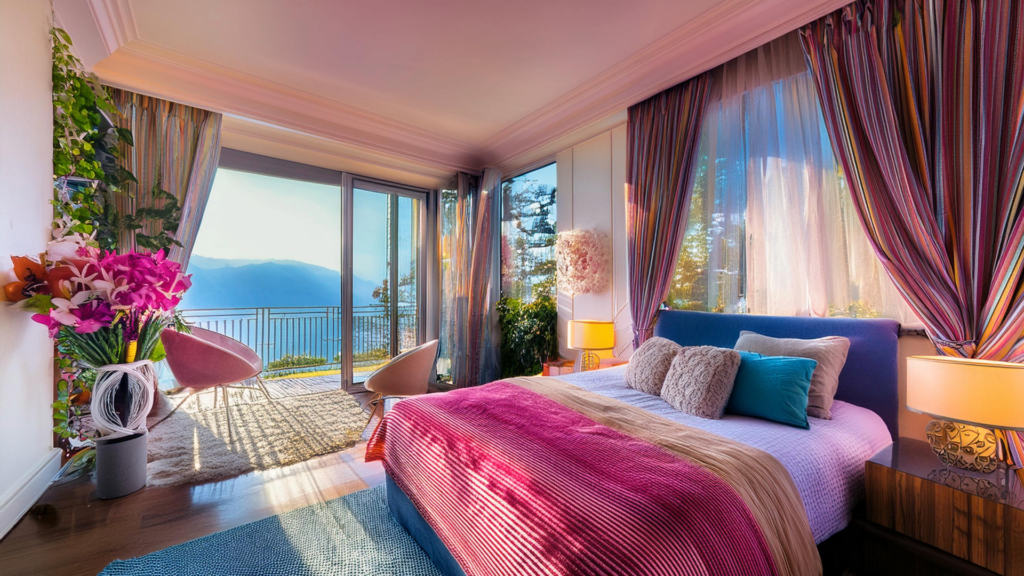
4 Benefits of Maximalism
1. Self-Expression: Maximalism allows for a high degree of personal expression. It encourages you to surround yourself with things you love and that reflect your personality and experiences.
2. Creative Freedom: There are no strict rules in maximalism. This freedom can be liberating and inspiring, allowing for creativity and experimentation in decorating and living.
3. Warmth and Comfort: A well-executed maximalist space can feel cozy and inviting, filled with layers of textures and objects that create a sense of warmth and comfort.
4. Visual Interest: Maximalism provides a feast for the eyes. The use of varied colors, patterns, and objects ensures that there’s always something new to notice and appreciate.
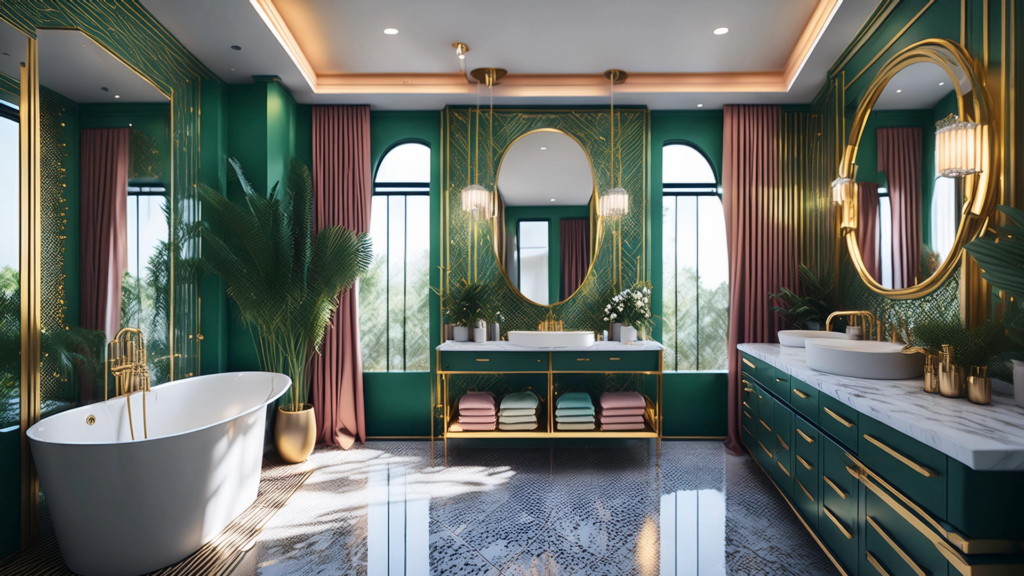
How to Incorporate Maximalism into Your Space
1. Start with a Color Palette: Choose a few key colors to anchor your space. While maximalism embraces bold colors, having a cohesive palette helps unify the overall look.
2. Layer Textures and Patterns: Don’t be afraid to mix and match. Combine different fabrics, wallpapers, and patterns to add depth and interest. For example, pair a velvet sofa with patterned cushions and a textured rug.
3. Curate Collections: Display collections of items you love, whether it’s vintage books, art pieces, or travel souvenirs. These collections add character and tell a story about your life and interests.
4. Mix Styles and Eras: Combine modern furniture with antique pieces, or contemporary art with vintage decor. The juxtaposition of different styles and eras adds richness and uniqueness to your space.
5. Fill the Space: Maximalism is about fullness. Use shelves, tables, and walls to display your favorite items. However, be mindful of balance to avoid clutter; every piece should have its place and purpose.
6. Personalize Your Decor: Incorporate personal touches that reflect your identity. This could be family photos, handmade crafts, or items that hold sentimental value.

Maximalism in Different Areas of Life
Maximalism isn’t just limited to home decor; it can extend to various aspects of life:
Fashion: Embrace bold patterns, vibrant colors, and eclectic accessories. Mix and match pieces to create unique and expressive outfits.
Entertaining: Host gatherings that are rich in decor, food, and experiences. Use elaborate table settings, diverse menus, and a mix of music and activities to create memorable events.
Personal Projects: Apply maximalist principles to personal projects or hobbies. Surround yourself with inspiration and don’t hesitate to explore different styles and mediums.
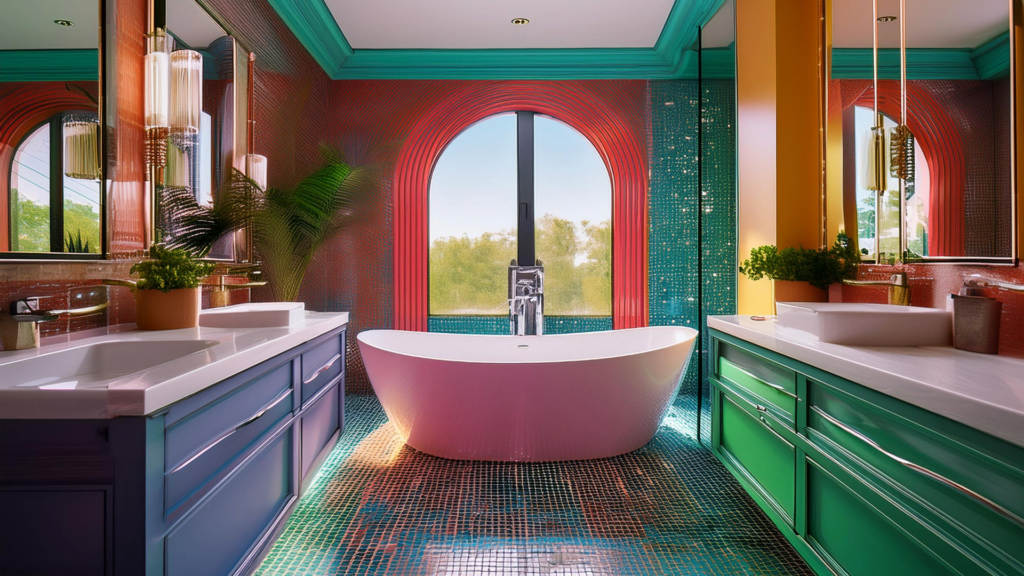
Maximalism is a celebration of abundance, diversity, and personal expression. It’s about creating spaces and experiences that are rich, dynamic, and uniquely yours. By embracing bold colors, diverse patterns, and an eclectic mix of items, you can transform your environment into a vibrant reflection of your personality and passions.
So, dare to go beyond the minimalist norm and explore the joyful world of maximalism, where more is indeed more.

Would you ever implement maximalism in your home?
Have you seen maximalism at work in your local area?
What do you think of maximalism?